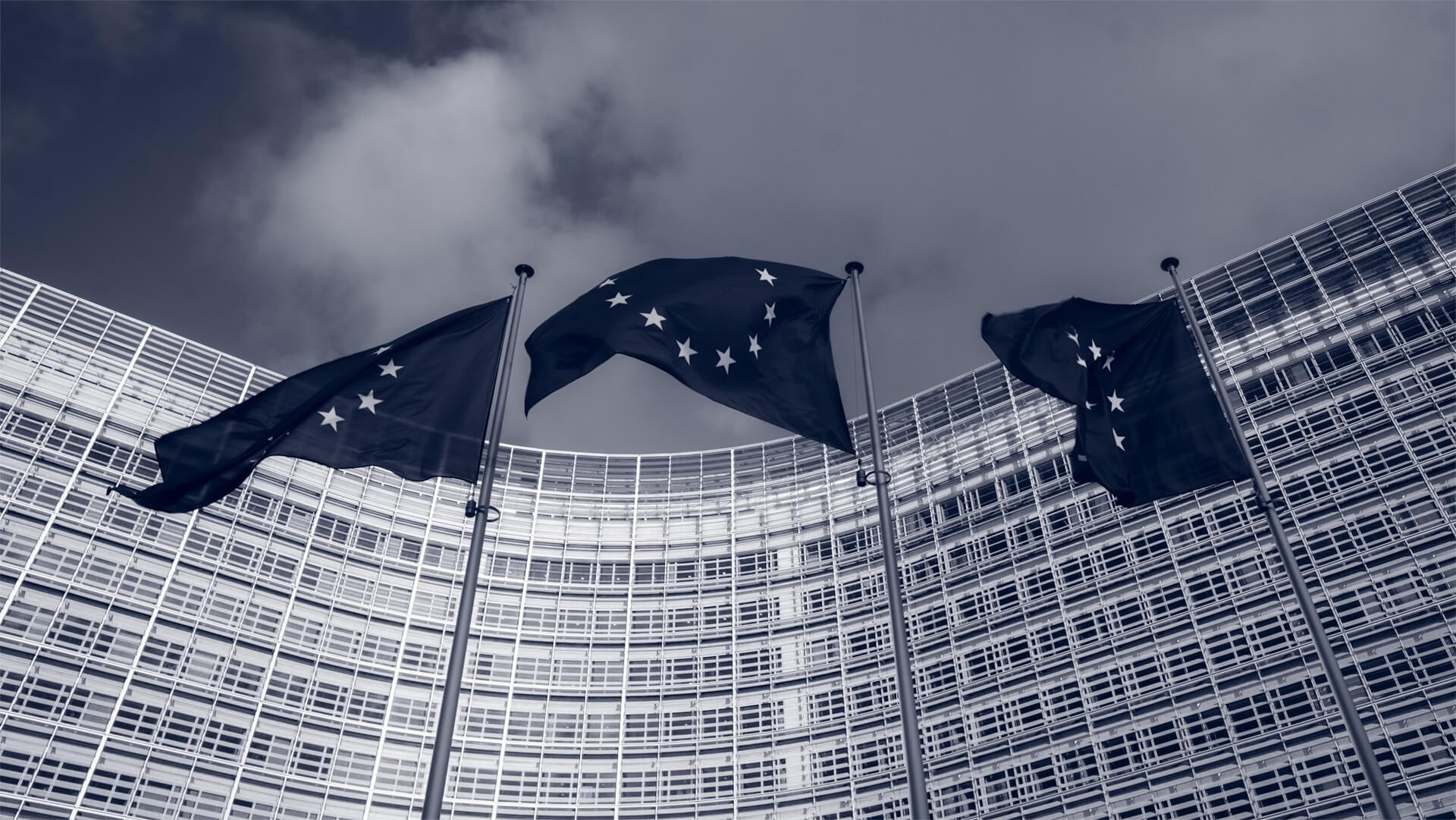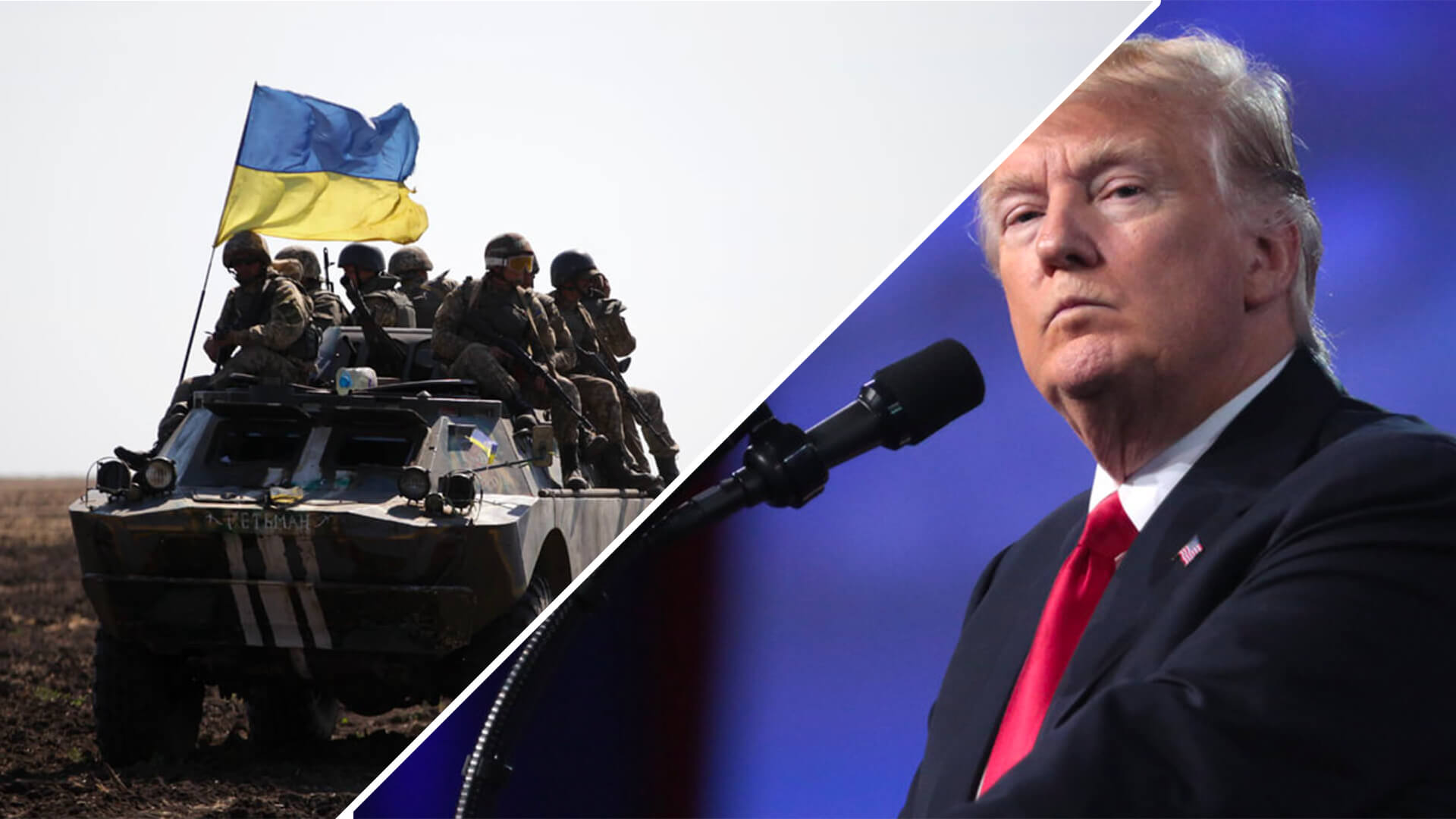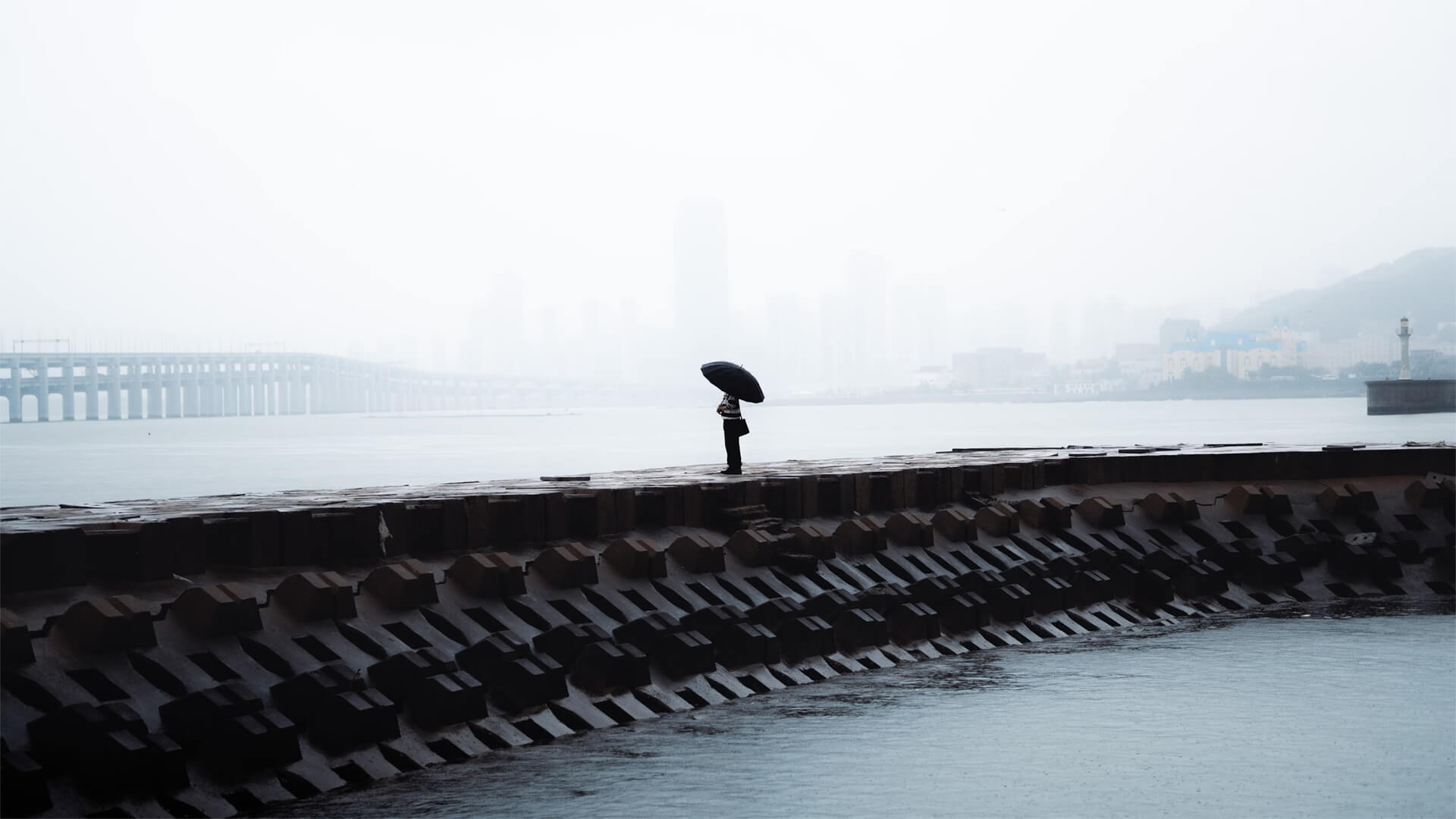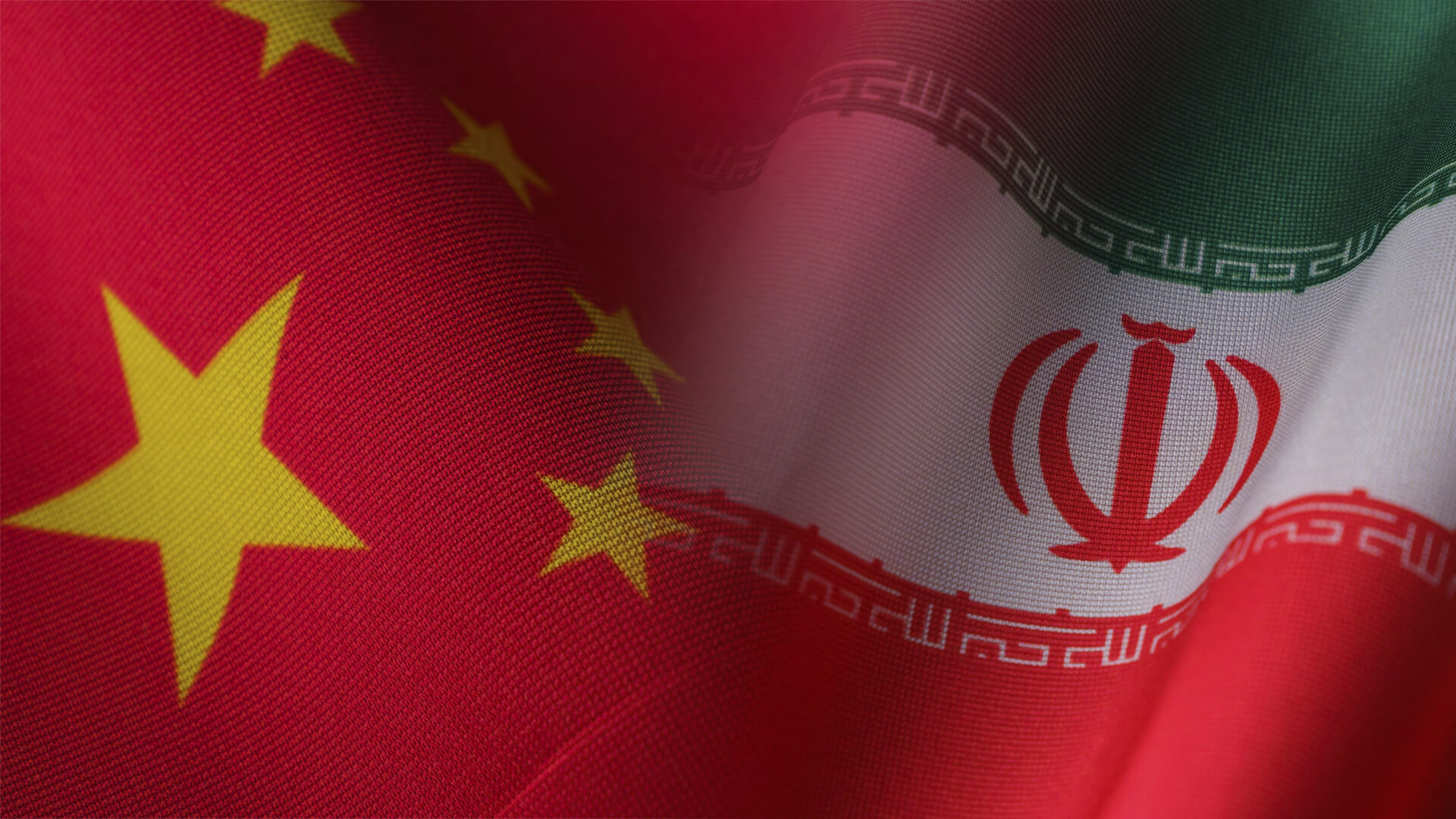The Trump administration and the EU have announced a new trade deal. It’s more of a political headline than a meaningful agreement, but let’s break it down.
The agreement includes a 15% tariff on European goods, $750 billion in US energy exports to Europe over three years, and $500 billion in investments from EU institutions in US infrastructure. There is a lot to going on here, but the bottom line is that the “deal” was made with the EU, NOT the member countries. So, until the individual countries agree or decide to move forward with this…it’s just another wish list from Trump that’s not likely to go anywhere.
Up until now, these talks have just been political fluff. The structural issues in the US-EU trade relationship remain untouched and will stay like that until the real negotiations begin.
Transcript
Hey, I’m Peter Zeihan here, coming to you from a suddenly stormy Colorado. Today we’re launching off a new series on the status of the trade deals that the Trump administration has announced. We’re going to start with the European Union, which is by far the biggest. Now, Donald Trump has said this is the biggest trade deal ever. It doesn’t even make the top 25 list, actually, for the United States.
And the problem is that a lot of the things that have supposedly been agreed to can’t happen. So, let’s start with the headline where we are at the moment. Then we’ll go into the detail. So the headline is that Trump was threatening the European Union with originally a 20% tariff, and that went up to 30%, then eventually 50%.
And now it’s going to be 15%. And the Europeans agree to not retaliate, with their own tariffs. So there are a lot of folks across Europe who think that this is a particularly unfair deal. But, you know, whatever. 15% on European trade, Europe collectively is probably our fourth largest trading partner. That would have an impact on a lot of things.
The United States and Europe have a relatively robust trading relationship that’s built on intermediate manufactured goods and then finished things like cars and aerospace that go both ways, as well as the United States sending a fair amount of energy products and processed materials, whether it’s lumber, cement or whatever. To the Europeans, the Europeans, of course, send a lot of luxury goods to the United States.
French wine, of course, is on that list. Kentucky bourbon goes the other direction. You know, these are these are culturally intertwining trade types. And so throwing a 15% tariff on what’s coming from Europe to the United States is obviously going to require a squeeze in people’s budgets and redirect how things are going elsewhere. The thing to keep in mind, primarily when you’re talking about European trade, however, is that most of the stuff that we buy from Europe is not stuff that can really be sourced from other locations.
So you’re either going to be looking at a reduction in demand as prices go up, or a withering of that trade relationship. So this is not one of those trade relationships where you’re going to see new industrial plant coming online in the United States to compensate. It’s not that kind of trade. That’s kind of the first piece.
That’s the headline piece. That’s where we are. That all takes effect August 1st. The other two pieces are kind of loosey goosey and are very Trumpian. Trump has announced and the Europeans have said that, yes, this is broadly what we agreed to, that over the next three years, the Europeans will buy three quarters of $1 trillion in American energy products.
Now, the energy product is defined very, very loosely to include things that don’t exist, like small modular nuclear reactors, or things that the Europeans just don’t buy from us like, for the most part, crude oil. Mostly we’re talking here about natural gas and liquefied form, but the number makes no sense.
$750 billion in U.S. energy products over three years, the United States only exports a little over $300 billion of energy products total globally. So the idea that all of a sudden it’s all going to be and go to the United States, that would actually be a massive reduction in the take home pay for U.S. energy exporters. Right now, U.S. LNG exporters in particular, are in kind of the catbird seat because they look to see whoever is having a crunch, and then they send LNG there.
So they get spot prices that are very, very, very high. If we were to send everything to the continent of Europe, we would be talking about more term contracts where the renumeration cost would be significantly lower because of the reliability. You would probably see U.S. LNG exporters see their profits drop by well over two thirds. And you’d probably drive a quarter of them out of the business if this agreement were to happen, which it won’t, because the European Union is not an economic entity.
It is an international political organization among the member states. And the member states are the ones who decide what they buy from where. So the EU, the European Union institution, the executive arm, has committed to buy in the stuff, but their annual budget for the entire European Union is under $200 billion a year. So no, this is not going to happen at all.
And if it did happen, it would be really bad for American energy exporters. That’s problem. One problem too, is that supposedly there’s going to be a half $1 trillion of investment by European entities in the United States. And again, the EU is a political institution that doesn’t have that kind of budget. It has agreed on behalf of the member states, but the member states are under no legal liability whatsoever to actually carry out the agreement.
So what’s probably going to happen is a few months from now, these talks will continue again, because this is not a final deal. This is a memorandum of understanding for what the Trump administration would like to see happen. And even if this was a final deal, it would then have to be ratified by all the member states. But the EU institutions don’t have the political or legal authority to negotiate for their member states on behalf of things like energy and investment treaties.
That is a bilateral deal. Those talks have not even begun. And from what we’re hearing from both the Trump administration and from Brussels, is that Trump basically came into the room with a few numbers, said, I want this, this, this, and this. And the Europeans kind of nod and smiled, assuming that this would end the conversation for the moment, which appears to be what has happened.
But in terms of the real talks, the things that might address the irritants in the relationship, of which there are many, those haven’t even started.











